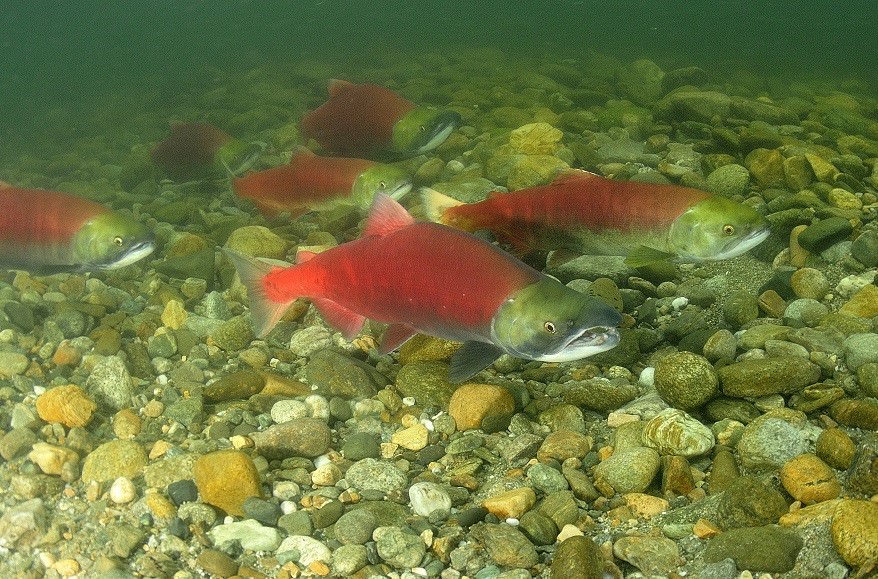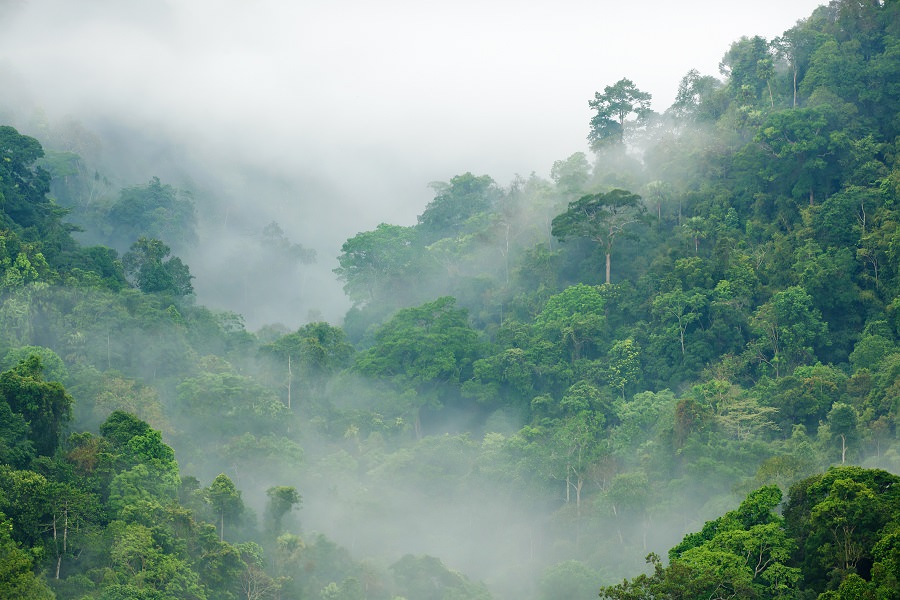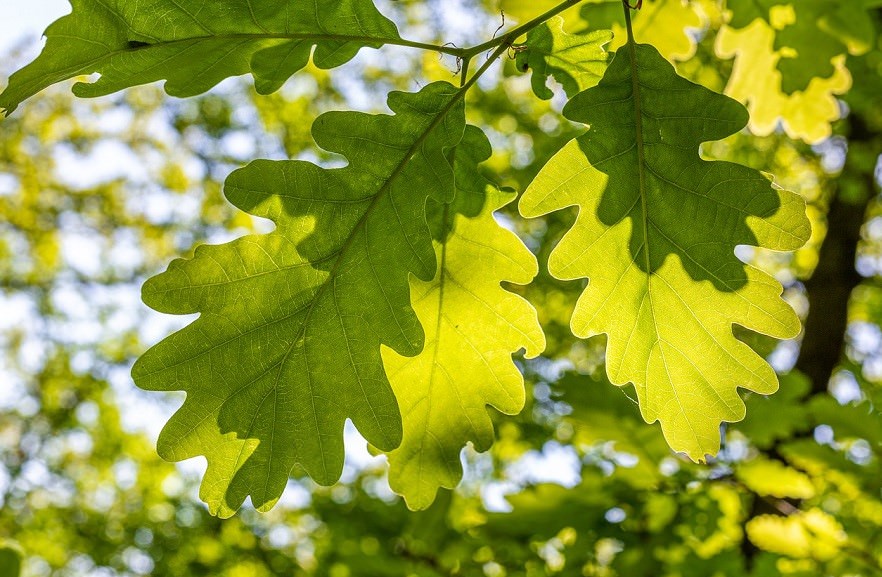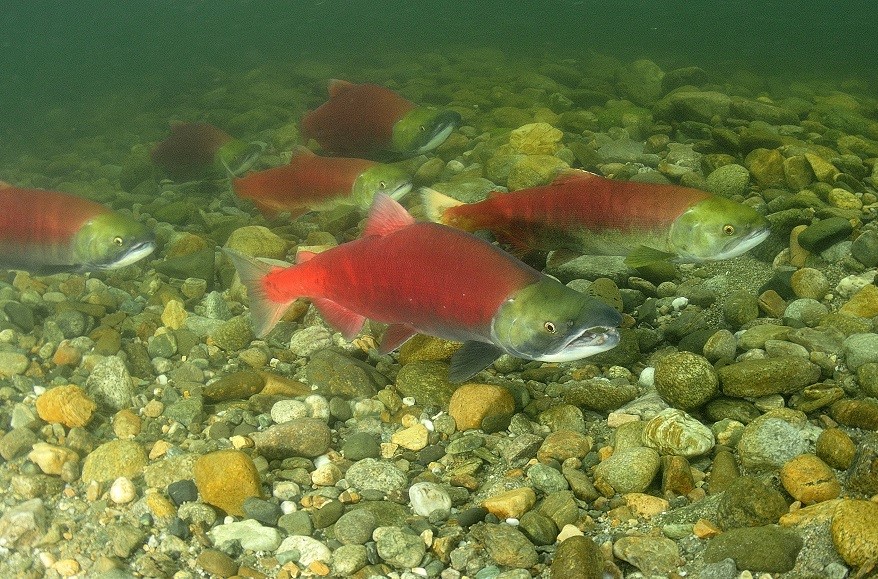How valuable is nature? A recent study of the economic value that could be created by protecting 30% of the world’s land as wilderness, which absorbs carbon from the atmosphere and provides biological diversity, found that the cost would be repaid by more than 500%.
Environmentalists understand that the natural world is intrinsically valuable and species have a right to exist separate from human needs. But many people disregard any argument for the value of wildlands that is not framed in terms of human benefit, and preferably in financial units. These people are often successful in defending environmental destruction as an economic necessity.
The concept of ecosystem services developed to describe the many tangible benefits of healthy ecosystems that economic analyses usually ignore. The new report, Protecting 30% of the planet for nature: costs, benefits and economic implications, is the first to combine scientific and economic assessments. Let’s take a closer look at the value of ecosystem services.

Ecosystem Services
It is impossible to reduce to a dollar amount all the benefits of a clean environment. But it is possible to quantify some of the financial impacts of the loss of healthy ecosystems. An ecosystem service is any positive benefit humans derive from the natural world.
The United Nations helped to popularize the concept of ecosystem services with the Millennium Ecosystem Assessment (MA). The objective of the MA was to assess the consequences of ecosystem change for human well-being. It concluded that the ability of natural systems to sustain future generations can no longer be taken for granted, and that action is needed to conserve and sustainably use natural systems that contribute to our welfare.
The findings also helped establish the vocabulary for discussing ecosystem services, which are now commonly grouped into the following four categories.
1. Provisioning Services
Provisioning services refers to the products humans obtain directly from ecosystems. For example, forage and livestock production from hay and pasture land generate about $45 billion per year in the United States. The Economics of Ecosystems and Biodiversity (TEEB) is a global initiative focused on integrating the values of biodiversity and ecosystem services into decision-making at all levels. Their TEEBAgriFood initiative attempts a comprehensive economic evaluation demonstrating the significant externalities that distort agricultural economics.
Other provisioning services include clean drinking water and wild food sources like the $5.6 billion fishing industry. Provisioning goes beyond food to include the products of any extractive industry, like timber, fossil fuels, or even peat moss for gardens.
These industries rise and fall with the health of the ecosystems that support them. When the economic impact of overfishing, overgrazing, or aquifer depletion is made clear, industries are less resistant to regulation and more likely to adopt sustainable practices.

Wild food sources like these sockeye salmon fall into the category of provisioning services.
2. Regulating Services
Regulating services are the benefits obtained from the moderating influences of natural systems. They include climate regulation, water regulation, and pest and disease regulation. For example, wetlands reduce flooding during heavy rainfall and release water during droughts.
Ecosystem service valuation can be used to leverage funding for conservation and restoration. For example, in Mobile Bay, Alabama, waterfront property owners supported the construction of artificial reefs after learning of their shoreline stabilization effects.
Anthropogenic climate change is degrading the planet’s ability to regulate climate — possibly to the tune of 10.5% of the U.S. GDP by the end of the century. Thus, redirecting up to 10% of our economic activity to fighting climate change could be considered cost-effective.

Rainforests help stabilize the world’s climate by absorbing carbon dioxide, an essential regulating service.
3. Cultural Services
Cultural services are nonmaterial benefits people obtain from ecosystems. The health and aesthetic benefits of experiencing nature are well known but are hard to quantify. A meadow is more aesthetic than a parking lot, but what is that worth? It’s hard to say, but real estate experts claim an ocean view can double the value of a house, while even a nearby park might earn a 5%-10% premium.
Cultural services also include outdoor recreation (a $427.2 billion industry in the U.S.) and ecotourism.

Many would agree that this pristine environment is irreplaceable. Image by Tiago Cipriano from Pixabay
4. Supporting Services
Supporting services are the basic functions of ecosystem processes, such as soil formation, nutrient cycling, and photosynthesis. Habitat provision is a supporting service. So is the maintenance of genetic diversity, which is the 2020 focus of World Environment Day.
Supporting services are indirect, and so are very hard to valuate. But they are prerequisites to ecosystems’ ability to produce the other kinds of ecosystem services; in that sense they are priceless.

Soil formation, photosynthesis, and other supporting services are essential to ecosystems. Image by analogicus from Pixabay
Formalizing Measures
These four categories are useful for talking about the services ecosystems provide to humans. But a formal classification, the Common International Classification of Ecosystem Services (CICES), is under development to facilitate the integration of ecosystem services in environmental accounting. The EU uses the Mapping and Assessment of Ecosystems and their Services (MAES) framework for ecosystem services assessments. The U.S. lacks any such standards, but the EPA does provide resources to facilitate ecosystem service assessments for those who would like to incorporate the concept into project accounting.
As long as decisions continue to be driven by the bottom line, incorporating ecosystem services into accounting and assessments can help tip the balance toward more environmentally sound decision making. It allows communities to see when the true costs of a proposed development are too high. It can be used to minimize the loss of environmental value when siting projects. And it can justify the “additional” costs of building greener designs.
The post Ecosystem Services: Nature’s Gifts That Help Us Thrive appeared first on Earth 911.








